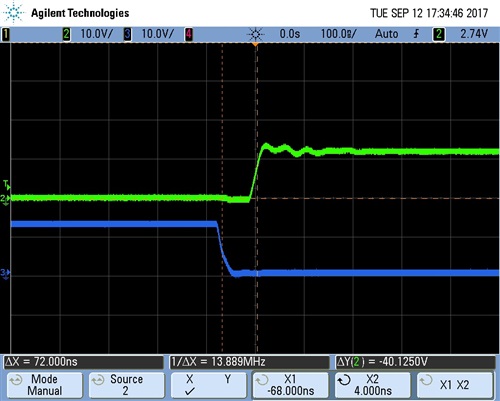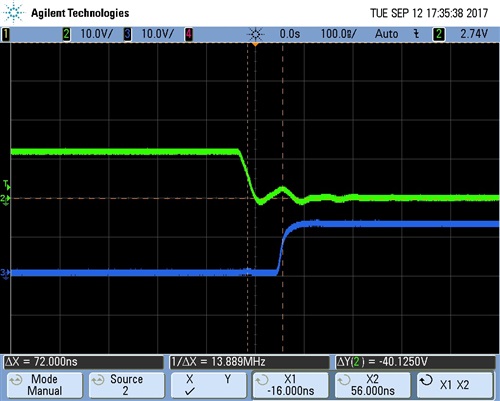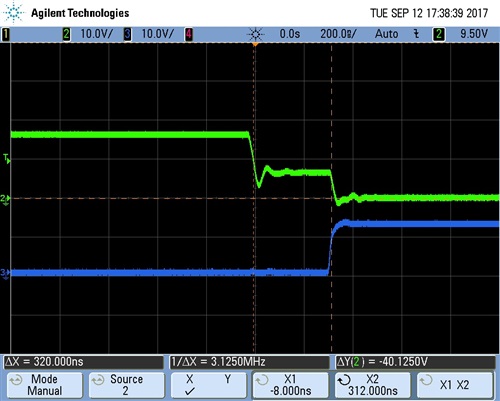My input signal is 1MHz, 50% duty cycle, square wave.
Output load is no load or PZT load.
When OPA_HV voltage <5V, the HO and LO signal is good.
But, OPA_HV voltage >5V, the LO turn on time is decrease 100ns, HO signal turn on time is no change.
I do not know why.





